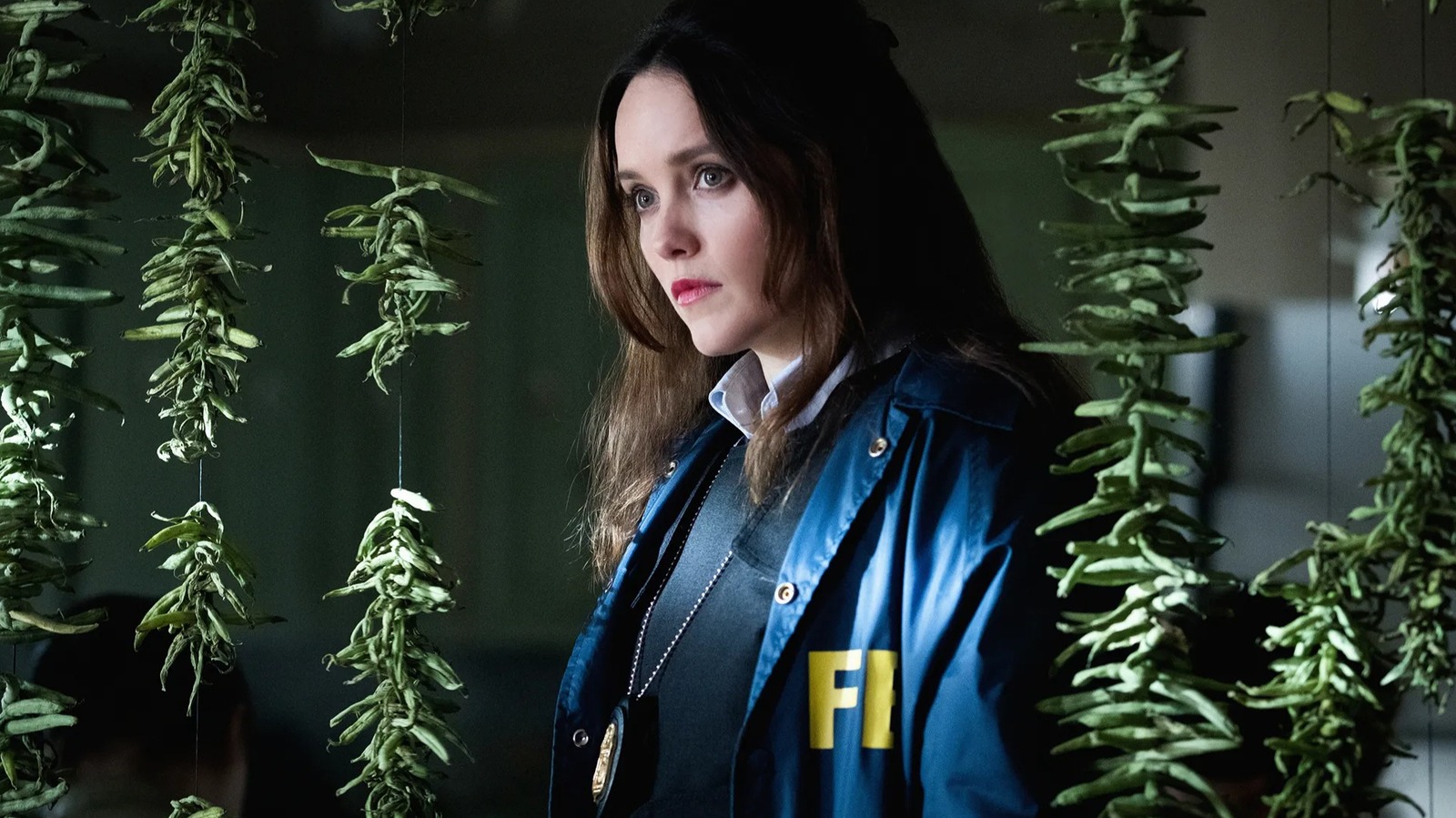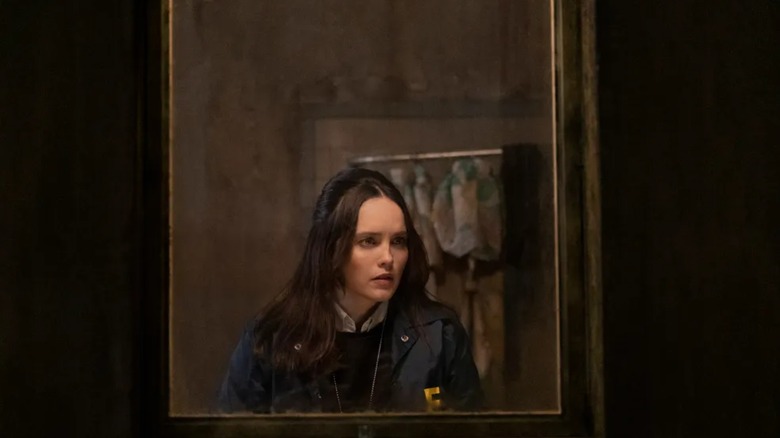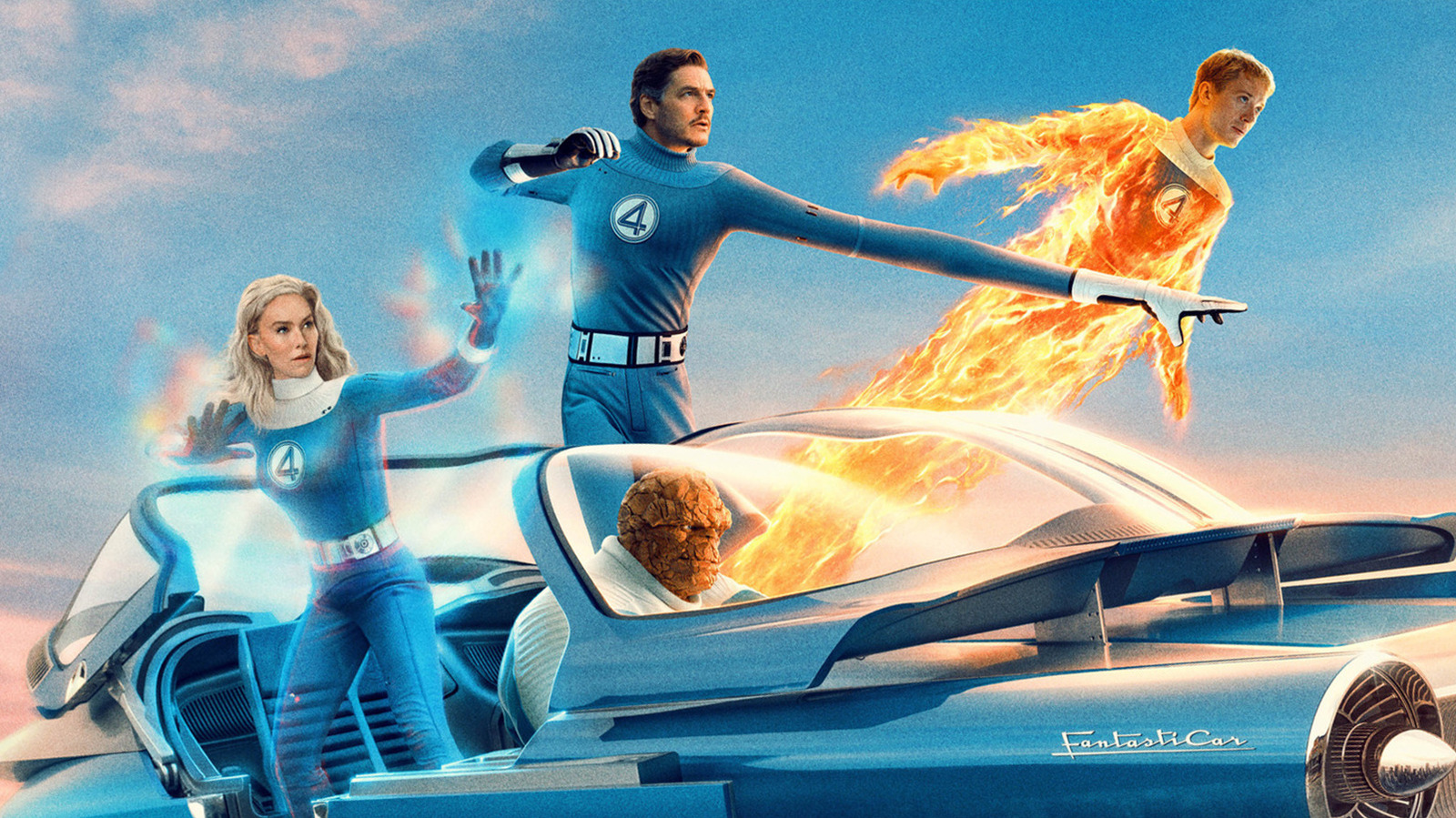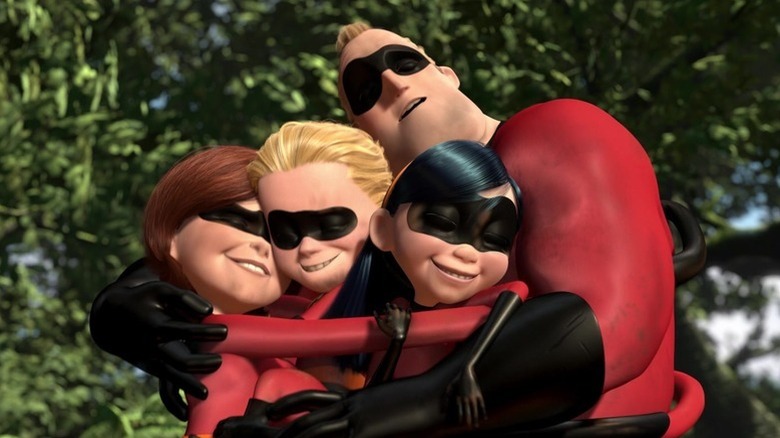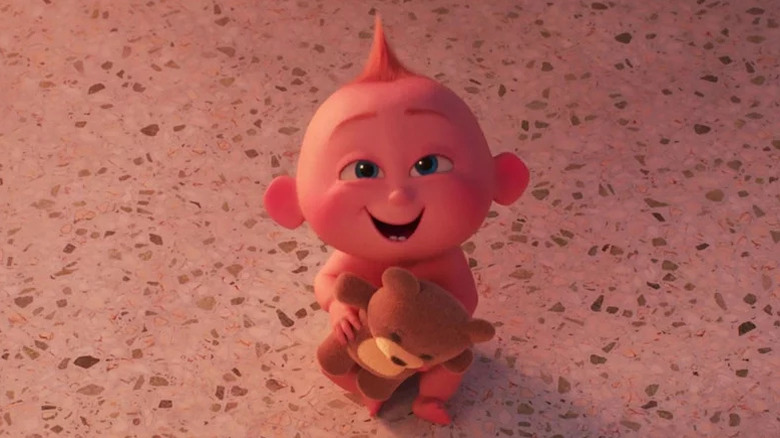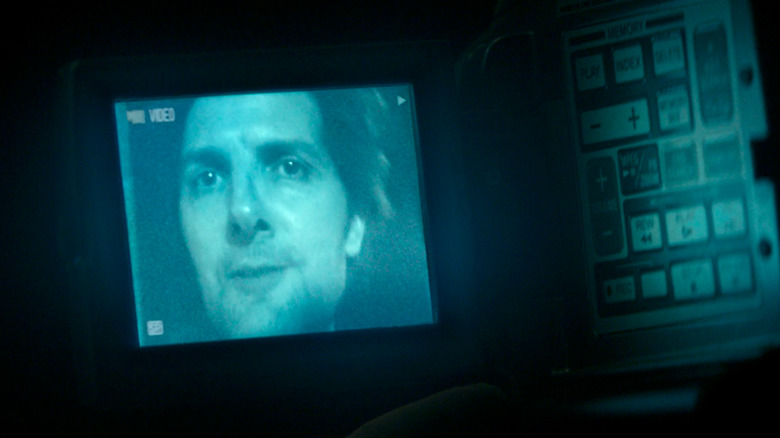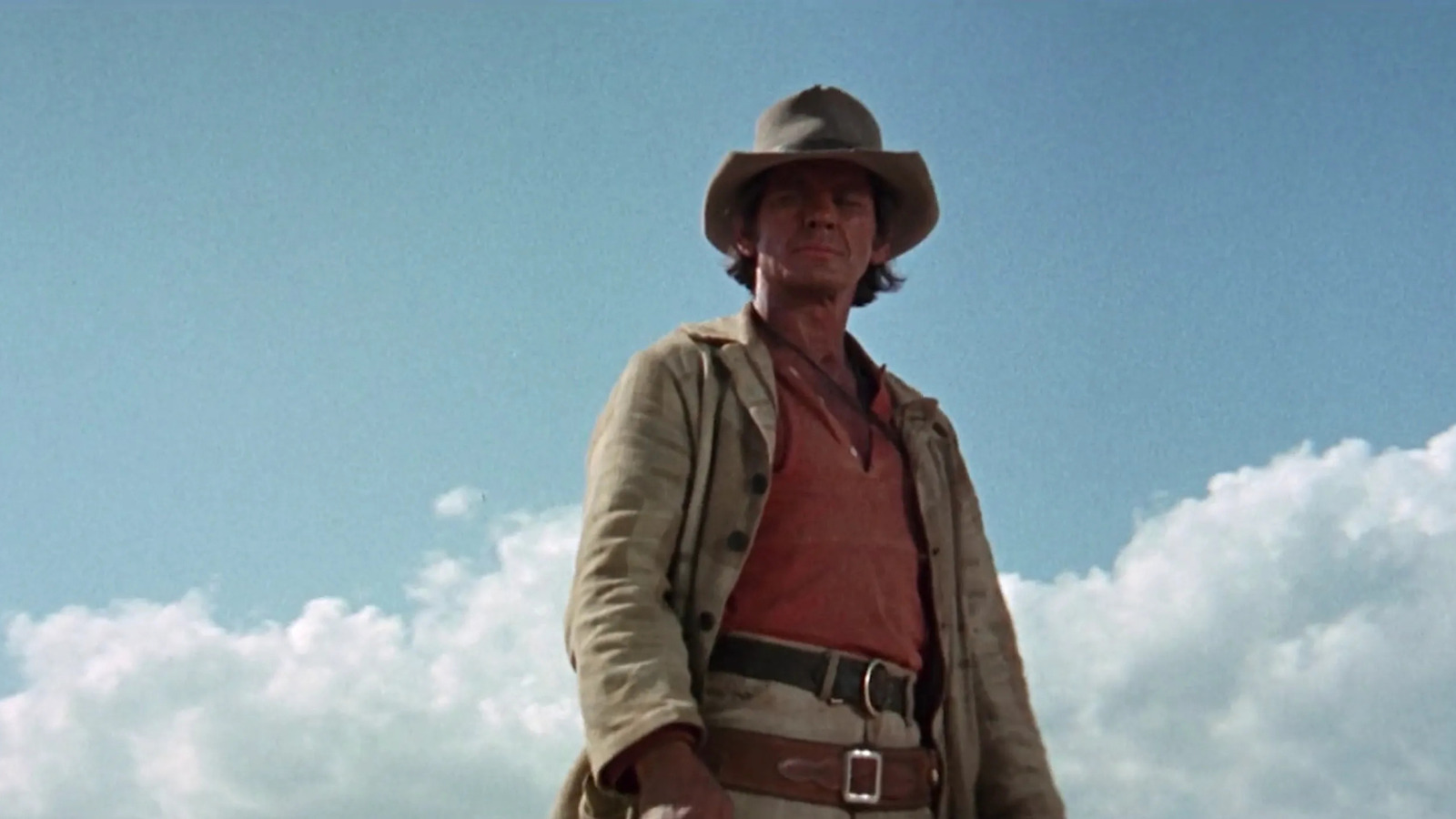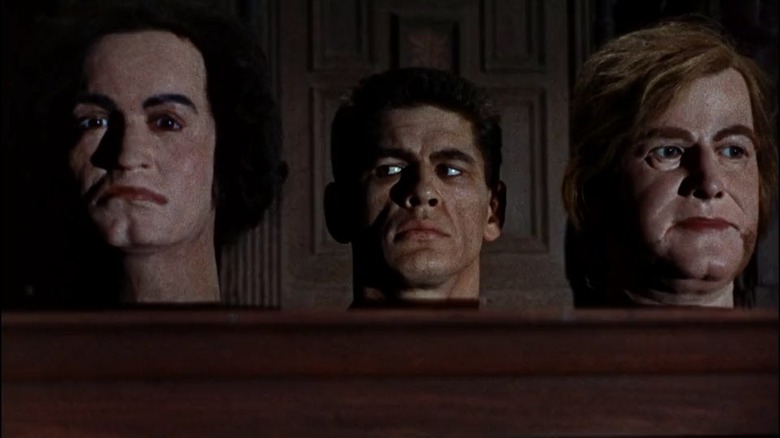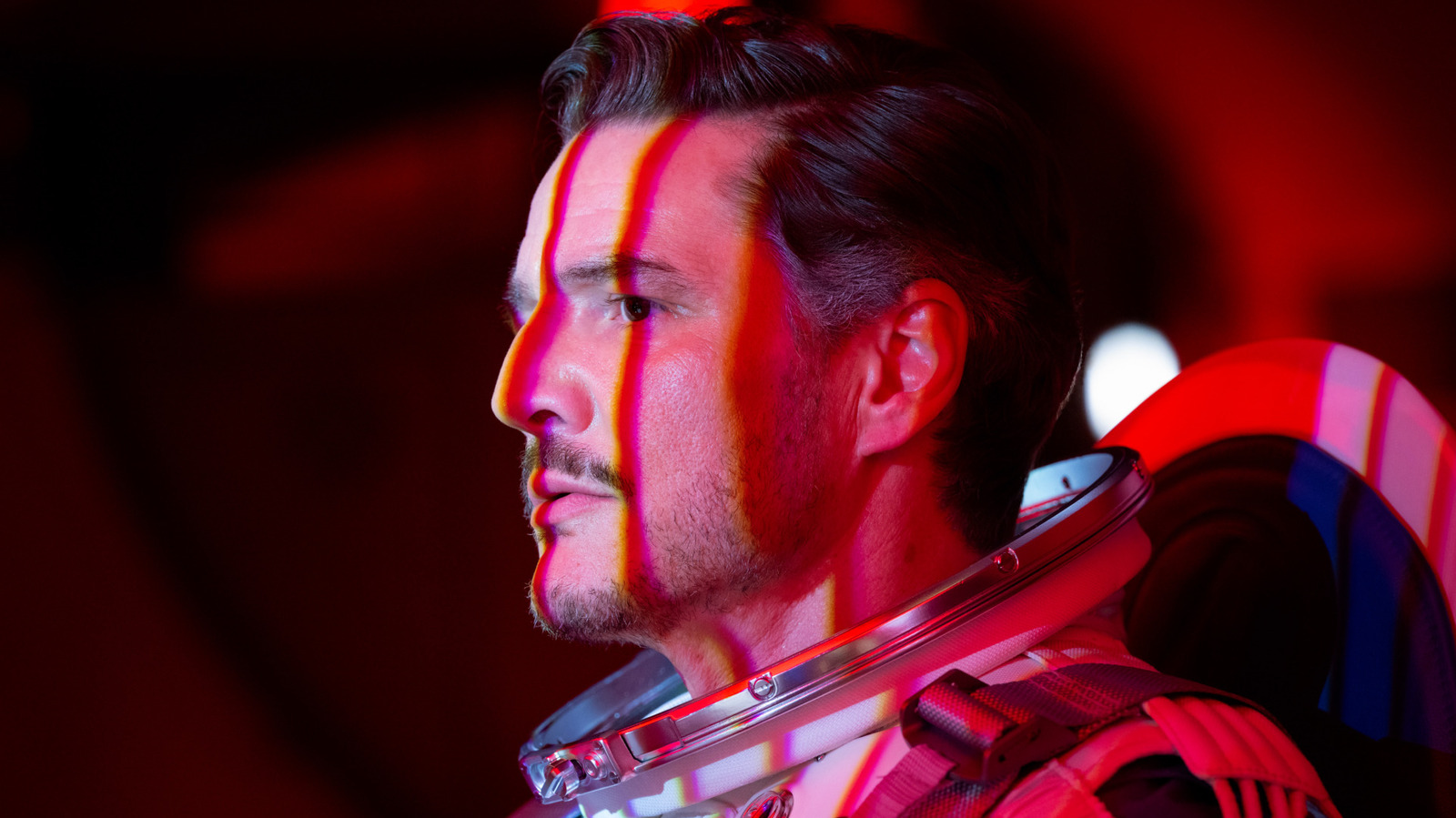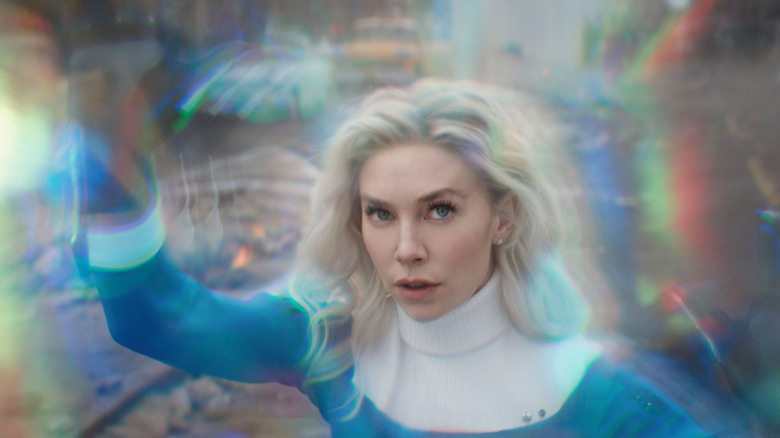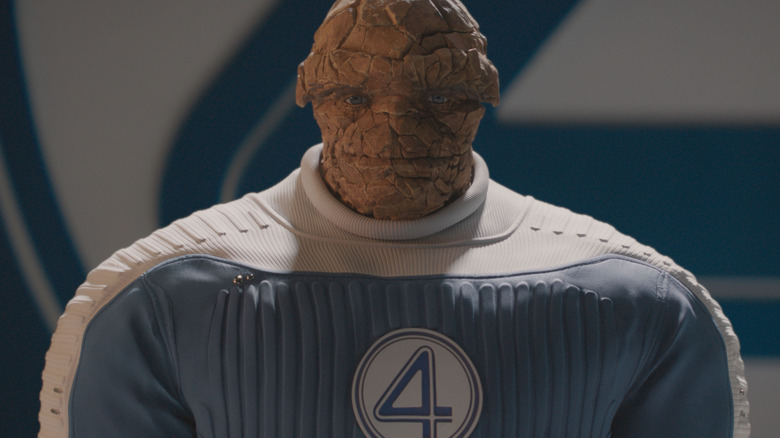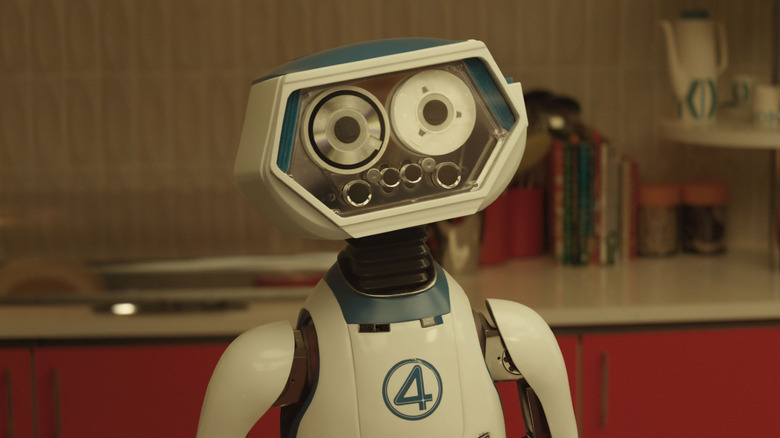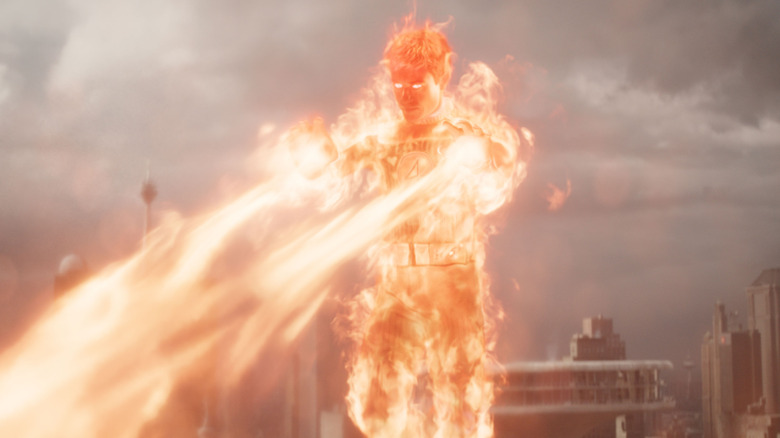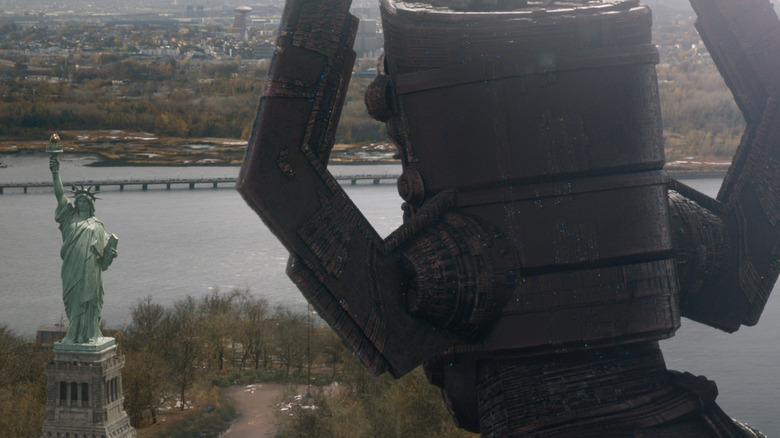Starfleet Academy isn’t the first time Sisko’s fate has been addressed in Star Trek before

Paramount+
Few individuals in “Star Trek” have cast a longer shadow than Benjamin Sisko, the reluctant leader who went on to play a massive role in winning the Dominion War and ultimately became a quasi-religious figure to the local population of Bajor as their Emissary of the Prophets. The finale of “Deep Space Nine” ended with the beloved captain seemingly dying in a blaze of glory … though, in actuality, he was ushered away to the otherworldly “Celestial Temple” as a reward for fulfilling his spiritual purpose. Ever since, what actually happened to Sisko has remained a topic of great interest — both among fans and, as it turns out, in-universe among the characters of the “Star Trek” franchise as well.
The “Starfleet Academy” trailer includes one tantalizing shot where young cadet Sam (Kerrice Brooks) gazes in reverence at what looks like a museum installment dedicated to the good Captain. “Did he die in the fire caves of Bajor?” and “Did he live on in the Celestial Temple?” are two potential questions asked rhetorically on the plaque, offering up no easy answers to what’s been hanging over the head of the property since “Deep Space Nine” ended back in 1999. Could the series be setting up an actual resolution to Sisko’s fate? Could this be a sneaky way to make a backdoor sequel to the show, much in the same way the brilliant “Star Trek” documentary “What We Leave Behind” suggested?
That’s extremely doubtful, but this marks the first time the franchise has attempted to address this loose plot thread … canonically, at least. A handful of non-canon novels sought to provide an answer to this, most prominently the book “Unity” that came as part of a “Deep Space Nine” relaunch series to mark the show’s 10th anniversary. The recent comic book series “Godshock” also revolves around the return of Sisko and even has him teaming up with an assortment of “Trek” characters like Beverly Crusher, Tom Paris, Data, and more. For now, we’ll have to wait and see what (if anything) “Starfleet Academy” does to explore this topic when it arrives on Paramount+ sometime in early 2026.
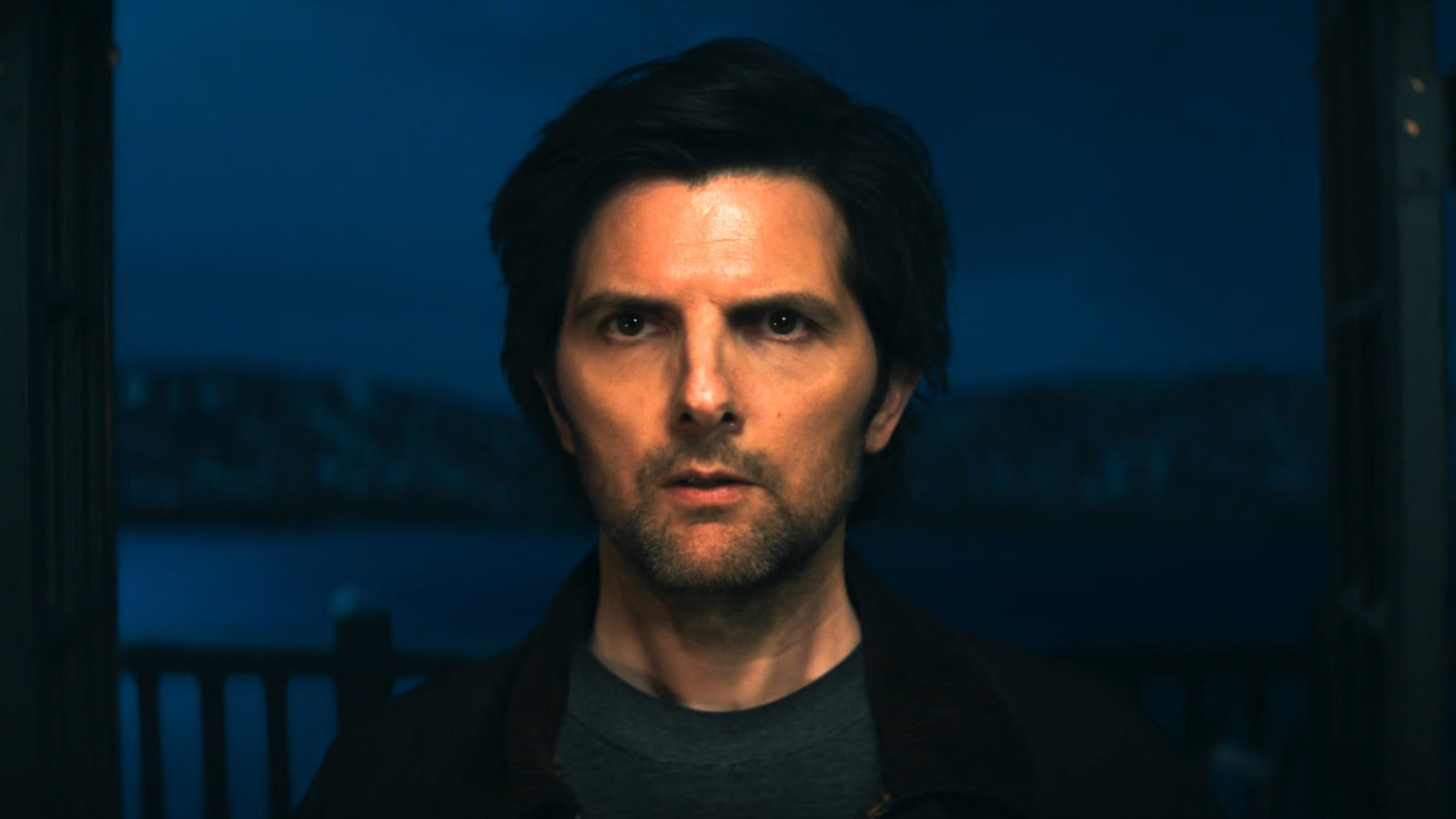
by admin | Jul 28, 2025 | TV & Beyond Articles
the second season of “Severance,” Mark (Adam Scott) has arrived at a special cabin room that presents him with a strange and rare opportunity. While inside the cabin room, Mark is his “innie,” that is, he only has memories of working inside the bleakly corporate basement of Lumon. He has no memories of his life outside of Lumon. Then, when he steps through the door out to the balcony, Mark reverts to being his “outie,” that is, he only has memories of his ordinary life and can’t remember anything that occurs inside the walls of Lumon. Although Mark is merely swapping back and forth between two sets of memories, the bifurcation has led Lumon employees to think of themselves as two different people.
Outie Mark, by that point in the series, has discovered that his presumed-dead wife Gemma (Dichen Lachman) is actually alive and being held captive inside a Lumon sub-basement. To free her, though, Outie Mark must convince Innie Mark to help. Innie Mark, as one might suspect, is reluctant. Because he has no memories of Gemma, he has little at stake in rescuing her. Also, Innie Mark has developed feelings for his co-worker Helly (Britt Lower), and leaving Lumon would essentially end his life.
Thanks to the balcony at the cabin, Mark’s two halves can communicate. Outie Mark records a message on a camcorder while sitting on the balcony, and then steps inside, where Innie Mark takes control and watches the message. Innie Mark then records his rebuttal and steps outside, where Outie Mark watches. It’s the easiest way for Mark to talk to Mark.
Scott spoke with EW recently, and he described that scene as immensely weird. He found that, while rehearsing the scene and nailing the technical aspects of playing two characters, Scott would have to pause to note that “Severance” is a very strange program.
